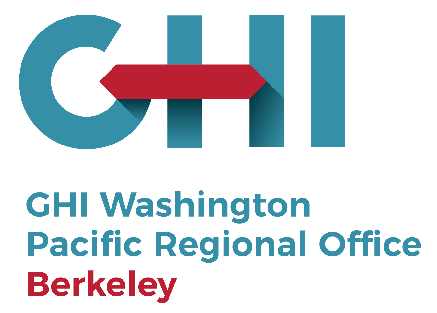
Paul Parks talks about witnessing the aftermath of the Holocaust and what it meant to his work in the civil rights movement, including his work with Martin Luther King, Jr.
Paul Parks talks about witnessing the aftermath of the Holocaust and what it meant to his work in the civil rights movement, including his work with Martin Luther King, Jr.
David Jakubowski talks about the beginning of the Warsaw Ghetto Uprising and the various physical confrontations that occurred on April 19, 1943.
In this event, the Center's two student research fellows will discuss the testimony-based research they conducted during Summer 2020. Exploring testimonies from the USC Shoah Foundation Visual History Archive's Nanjing Massacre collection, Lucy Sun (USC undergraduate student, History major, Psychology and Law minor) researched the resistance of women during the Nanjing Massacre.
Cambodian genocide survivor, Theary Seng, reflects on the power of anger and the difference between anger and hate.
Rosalina Tuyuc encourages the youth to value life and act as the protagonists for the future.
In March of 1989, Dr. Sharon Aroian-Poiser traveled to Armenia to help children recover from the trauma of the 6.8 earthquake that crumbled 250 villages and killed tens of thousands of people just a few months before.
But the children, following the lead of the adults around them, remained silent -- until the day Aroian-Poiser pulled out her tape-recorder and demonstrated how it worked.
Almost immediately, the children lined up, and in formal recitation, one after another, told the tape recorder about the day their world collapsed.
Mihran Andonian is describing an experience that was common during the Armenian Genocide. Some Armenian mothers, certain that they would not survive the death marches into the desert, let their children be taken by Muslims (Turks, Arabs, Kurds), hoping to guarantee survival. Other Armenian mothers on the caravans died while still with their children leaving these orphans to fend for themselves. Indeed, thousands of Armenian children were left homeless by the end of World War I and were either taken in by locals or rounded up by missionaries and brought to orphanages.